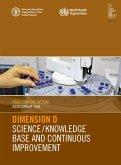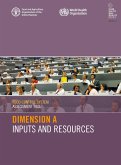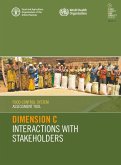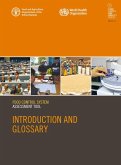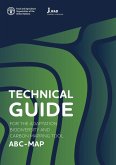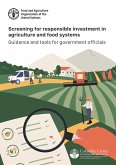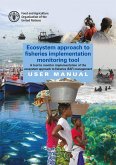Dimension B is part of the Food control system assessment tool and focuses on the processes and the outputs of the control activities inherent to a national food control system. It reviews the control functions exercised by CAs over Food Business Operators (FBOs), be it at domestic, import or export level, to guarantee food safety and quality for national consumers along the food chain and fair trade practices. It also maps the control functions and mechanisms at the overall food supply level, necessary to identify, monitor, predict and handle food safety hazards and emerging risks and to deal with food emergencies. The main mechanisms that should be in place include data collection programmes on food products (also referred to as monitoring programmes), data collection programmes on food-borne diseases (also referred to as surveillance programmes), as well as programmes aiming at managing food safety emergencies.
See related publications:
Food control system assessment tool: Introduction and glossary
Food control system assessment tool: Dimension A Inputs and resources
Food control system assessment tool: Dimension C Interaction with stakeholders
Food control system assessment tool: Dimension D Science/knowledge base and continuous improvement
Dieser Download kann aus rechtlichen Gründen nur mit Rechnungsadresse in A, B, CY, CZ, D, DK, EW, E, FIN, F, GR, H, IRL, I, LT, L, LR, M, NL, PL, P, R, S, SLO, SK ausgeliefert werden.



